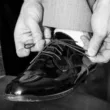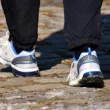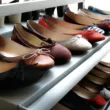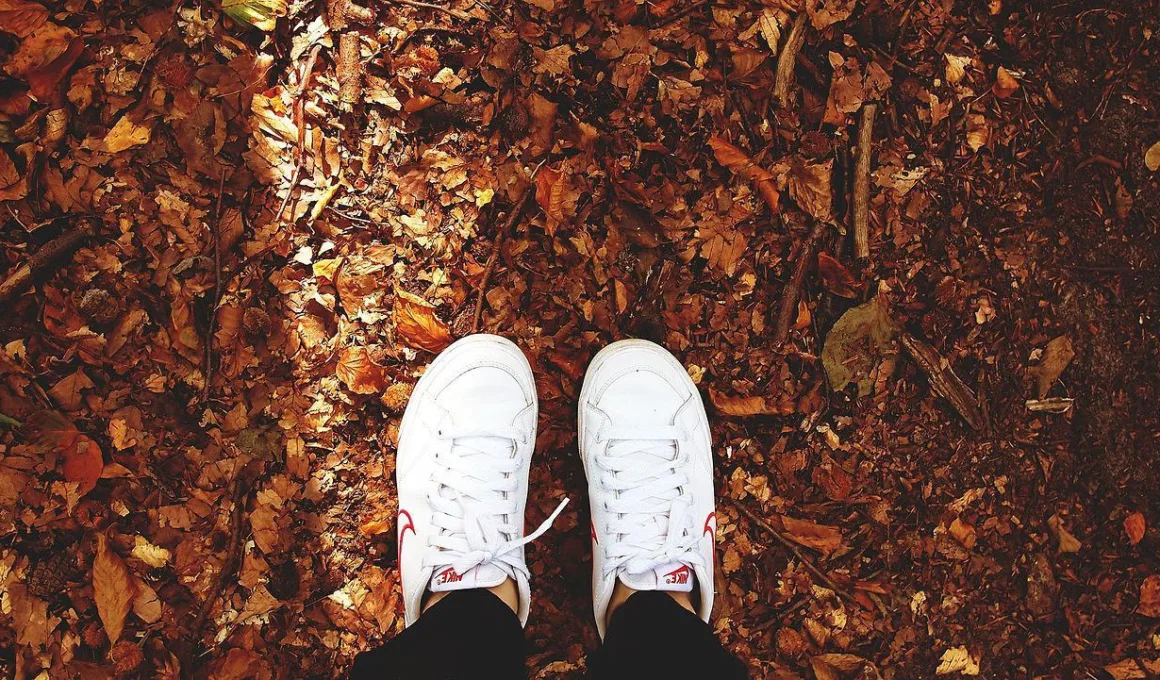When shopping for new shoes, you should try them on before purchasing. This is important, as your feet can swell up to eight percent in a day. The fit, dryness, and bony prominences of your feet may all be a cause of blisters. You also need to remember that your feet will also swell in the afternoon, so it’s essential to buy shoes that fit comfortably. Here are some tips to help you choose shoes that don’t cause blisters.
Fit
Blisters are often caused by the fit of your shoes. Shoes that are too big or too small can cause blisters and foot discomfort. There should be about a thumbnail’s width of space between your toes and the end of the shoe. The heel of a shoe should not be too high or too low. A shoe should fit snugly, but still allow room for the foot to grow. The heel of a shoe should not slip out of the back.
When you wear shoes that are too tight, the insole can cause a blister. When the insole is loose or slips out of place, it can cause a blister. A good way to prevent this problem is to keep the insoles of your shoes as tight as possible. If this is not possible, you can use double-sided sticky tape on the insoles to keep them in place. It will also help prevent a blister from forming on your toes.
Dryness
Blisters are tiny pockets of fluid that form on the bottom of your shoes. They usually form on the upper layer of skin, which is loose enough to allow blister formation. In most cases, the fluid within the blister is watery and clear. If the blister is deep enough, it may become infected, and the fluid may turn into blood or pus. In this case, you should consult your doctor to determine the underlying cause and appropriate treatment.
First of all, make sure you have a properly fitting pair of shoes. Try them on immediately after buying them. Oftentimes, the first pair you try on is too tight, and you might end up with a blister. If this happens, go back to the store and try on another pair. Also, look for tight or loose stitches. Those who have dry skin are particularly susceptible to blisters. Dry feet are also more prone to hot spots and blisters.
Bony prominences
When skin is pressed against a bony prominence, the resulting pressure can lead to ulcers and blisters. These prominences tend to put pressure on the skin from the inside, where pressure is exerted by the bone’s hard outside surface. As a result, the skin is pinched between the hard inside and soft outer surface. In severe cases, pressure can cause a full-thickness loss of skin.
A pressure sore, otherwise known as a bed sore, is a broken or sore area of skin caused by constant pressure. While these sores usually occur over bone prominences, they can occur anywhere on the body. If a person spends a lot of time sitting, he or she is more likely to develop a pressure sore in these areas. If you’re prone to pressure sores, you can try avoiding the area with the bony prominence, which can also cause the problem.
Socks
Socks can cause blisters in shoes. When shoes do not fit properly, friction can damage the skin. The outermost layer of the skin can split and become filled with fluid. Thin cotton socks can also cause blisters because they absorb sweat and leave no lubrication between the foot and the shoe. Those with thick socks should consider buying a pair of sports socks with a reinforced toe and heel.
The design of a sock directly influences its ability to prevent blisters. This is because friction increases when water builds up on the foot skin. Moisture-management is a very important feature of socks, since soggy socks increase friction. Socks that are made of breathable materials allow moisture to dissipate easily and avoid the formation of blisters. However, if the fabric is too thick, it will trap moisture, which will increase friction.
Stretching out shoes
Fortunately, there are several ways to stretch out your shoes without the risk of blisters. You can wear your shoes around the house, or buy a shoe stretcher. These are tools that allow you to stretch out tight areas of your shoe. You can also use a hairdryer to stretch the tightest areas. Make sure to set the hairdryer on medium heat and move it around to avoid drying or overheating the shoe.
You can also stretch your shoes at home by stuffing them with crumpled up newspaper. After you’ve done this, the shoes should feel softer and more roomy. You can also try stuffing your shoes with socks to stretch them even further. After a few days, the shoe should feel comfortable again. But be sure to avoid wearing them for long periods of time. You should also make sure that you wear thick socks with your shoes to avoid blisters.
Vaseline
If your shoes are causing you to develop blisters, you can apply Vaseline directly on the painful spots. This will reduce the friction and prevent the blisters from rupturing. But be aware that using Vaseline can also stain your clothes. You can also buy chafing products, which are quite expensive. Fortunately, we’ve found some helpful tips that will help you to avoid chafing and reduce your blisters.
Before starting a new workout, wear comfortable socks. Blisters can form from friction between your skin and your shoes, so you need to keep your feet lubricated. Vaseline is a great lubricant because it doesn’t rub off easily. Also, it won’t wash out of your socks. It might cause a layer of dirt to accumulate on your socks. Worse, more dirt and grit will build up on the blisters.
Podobne tematy




